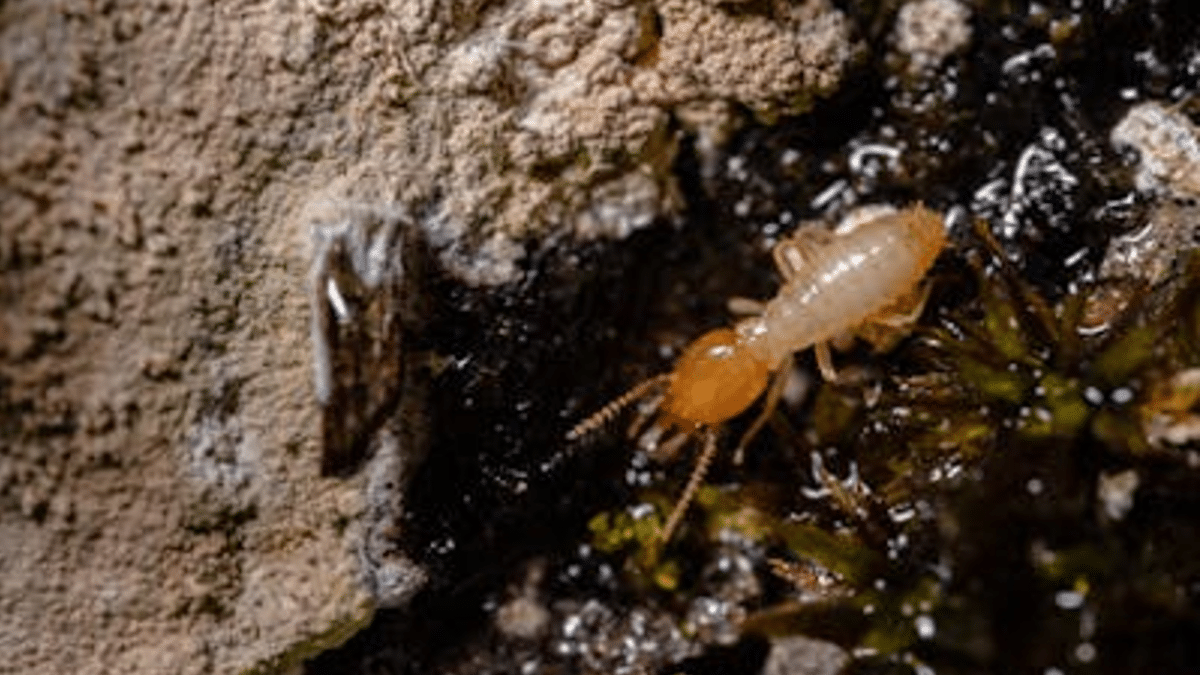There’s a common misconception among some Australian homeowners that only timber homes are at risk of termite damage. This idea usually stems from the notion that termites are only attracted to wooden structures. The reality is that leaving your brick home unchecked could leave your home exposed to severe damage.
It’s with this in mind that many home and business owners are keen to invest in the termite treatment Melbourne locals rely on to keep these wood-boring pests at bay. Keep reading as we take a closer look at the top reasons why your brick or stone house is at equal risk as your neighbour’s classic timber house.
Contents
What are Termites?
Termites are little brown or yellow insects from the wood boring category. Also known as detritivores, these critters generally feed on wood, dead plant material, and trees. They typically get their needed nutrients from cellulose which is an organic fibre found materials such as wood and plant matter.
These little pests are a huge enemy of any homeowner because they can cause serious damage to the structural integrity of buildings. Since they are commonly found in the wooden beams of homes and commercial buildings, they are often associated with only being a risk to timber homes. It’s interesting to note that a mature termite colony with about 2,000 termites living in it, can easily consume up to 11 pounds (453 grams) of wood monthly.
Termites Don’t Discriminate
When it comes to finding a suitable place to set up a new colony, termites don’t discriminate and will just as easily move into your newly erected brick home. There are several reasons why your brick home may be more at risk than you realise. We’ve compiled a few of the most significant ones to be aware of.
1. The Cellulose Attraction
As we’ve already mentioned, termites are primarily attracted to cellulose. As a complex carbohydrate, cellulose is the main component that makes up plant cell walls. Processing or turning wood and plant material into furniture, flooring, or other timber components doesn’t remove the scent of cellulose.
This means that if you have termites wandering over to your property, they may easily be attracted to any traces of cellulose in your cupboards, base skirtings, or even wooden furniture.
2. Attractions and Ease of Access
Termites prefer to use the bulk of their energy of bore through your wooden structures. This means they will always look for an easy entry point where they can easily gain access to your home’s wooden components. Brick homes can create ease of access in the following ways:
- Cracks in the brickwork or concrete slabs can provide quick and easy access.
- Open spaces around plumbing or wiring also create entry points.
- Roof leaks that create damp spaces also make your home or workspace more vulnerable.
- Excessive foliage around the home can provide termites with a place to hide while they set up their new colony in your home or near your timber components.
3. Termites can be Subterranean
Not all termites are the same and some may even be subterranean. This means that not all species are found above ground. They will then nest underground and come up to forage for food (cellulose).
Depending on the age and condition of your home, there may also be cracks or openings in the foundation. These can provide easy access for termites to get into your home. Subterranean termites are often harder to spot because they do most of their living underground.
4. Damage Can be Hidden
Termite damage isn’t always obvious. This is especially the case if they are boring through the inside or underside of cupboards, under floorboards, or even on the roof. A homeowner may only see the signs once extensive damage has been done to your furnishings or structural components. This can be costly to repair or replace.
Invest in Pest Control
In addition to performing regular inspections around your home, it’s also advised that you invest in a local pest control preventative plan. This type of maintenance ensures that your home or workspace is professionally checked for signs of termites.
Pest controllers will also apply environmentally friendly solutions to your home and outside perimeter. This will go a long way toward keeping your space termite free which is especially handy if you live next to a field or your neighbour has wooden structures that could be creating more risk.
Your pest control team will also provide you with tips and tricks that will help you keep your home and property termite-free. Implementing these will ensure that your brick home isn’t at risk of termite damage.
Final Thoughts
Termites pose as much risk to your brick home as they do to a timber structure. With this in mind, home and business owners should always ensure that termite inspections and preventative treatments form part of seasonal maintenance. Doing so will ensure that any wooden cupboards, furnishings, floors, and baseboards in your home are safe from termites and the damage they pose.

